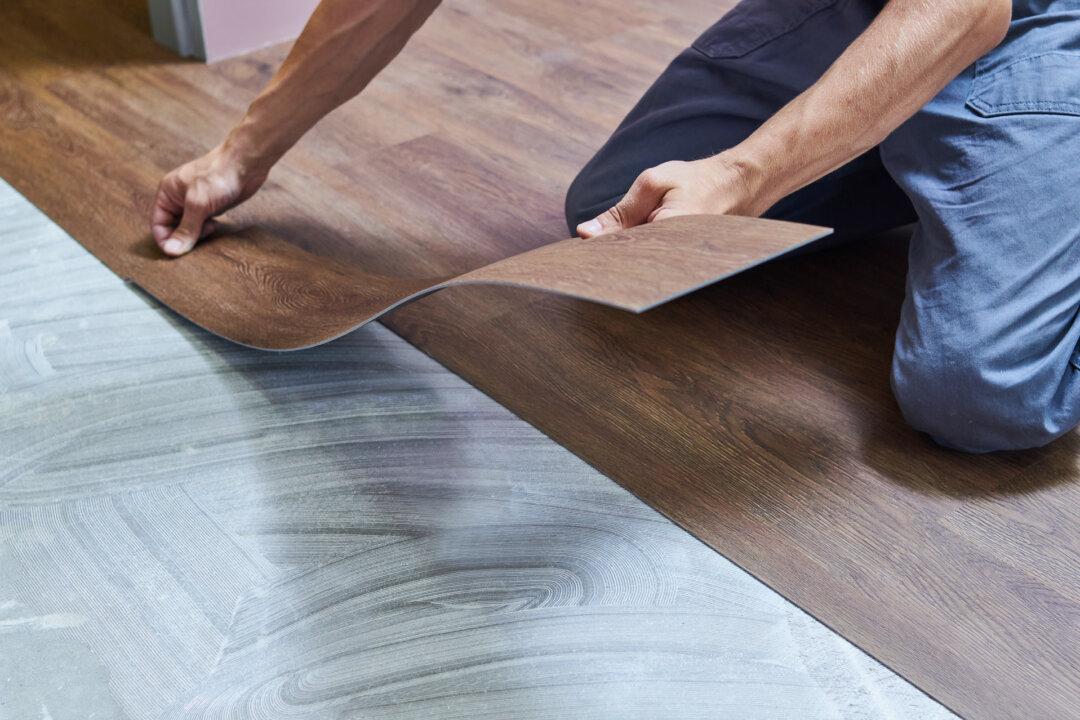When it has been more than three years since you treated your old deck, it is due for both a cleaning and treatment. Your new deck needs to be treated too, but wait about a month for its moisture level to stabilize. Treat both decks at the same time so they are on the same treatment schedule.
Even though the decking lumber is pressure-treated, it still is attacked by moisture, temperature changes, and the ultraviolet (UV) rays of the sun. The swelling and shrinking from moisture changes can cause any wood to warp and split.
UV rays break down the materials that hold the wood fibers together. You have seen how these UV rays can destroy your deck chairs and cushions. I think everyone, at one time or another, has sat in an old chair on a deck and gone right through it.
Discoloration that you see is primarily caused by mildew. If wood is not treated and it gets wet, fungus grows and discolors it quickly. This is just a surface condition and not as damaging to the wood as moisture or UV rays.
The first step to beautifying and saving your deck is to clean it. A pressure washer is ideal, but do not set the pressure too high or the wood can be damaged. Clean your new deck too, because there can be some mill residue on it.
Instead of using a pressure washer, I sometimes just spray on an oxygen-based bleach (available at paint stores). It oxidizes the dirt and mildew. Avoid using common chlorine-based bleach. If your deck is made of cedar or redwood, use oxalic acid instead of bleach.
Now that both your decks are clean, give them several days to thoroughly dry out. When you go to the home center, the array of deck “sealing,” “preserving,” “rejuvenating,” etc. products will be staggering. Don’t just buy what is on sale or take the advice of the salesperson.
There are basically two types of deck treatments to consider: a semi-transparent oil stain or a water-repellent preservative. Of these two, I prefer the oil stain. It soaks deep into the wood and provides an attractive even color, yet still allows the natural grain to show through.
The clear water-repellent preservatives often are a wax or a silicon base that seals the surface but soaks less deeply into the wood. These are less expensive, about half the cost of good-quality oil stains, and they really should be reapplied every year. Check the label to make sure it contains water repellents, mildewcides, and UV blockers.
Your decisions are not over yet. There are two types of oil stains: natural oils like linseed oil and more expensive synthetic oils. Both oils do an excellent job of sealing and preserving the wood, and they both produce a beautiful deck.
If you live in an area with moderate humidity and rain, natural oil stains have a tendency to support mildew and discoloration. The better natural oil stains contain mildewcides (or they can be added), but the black mildew may still reappear in a year or so. Synthetic oil stains do not support mildew growth.






